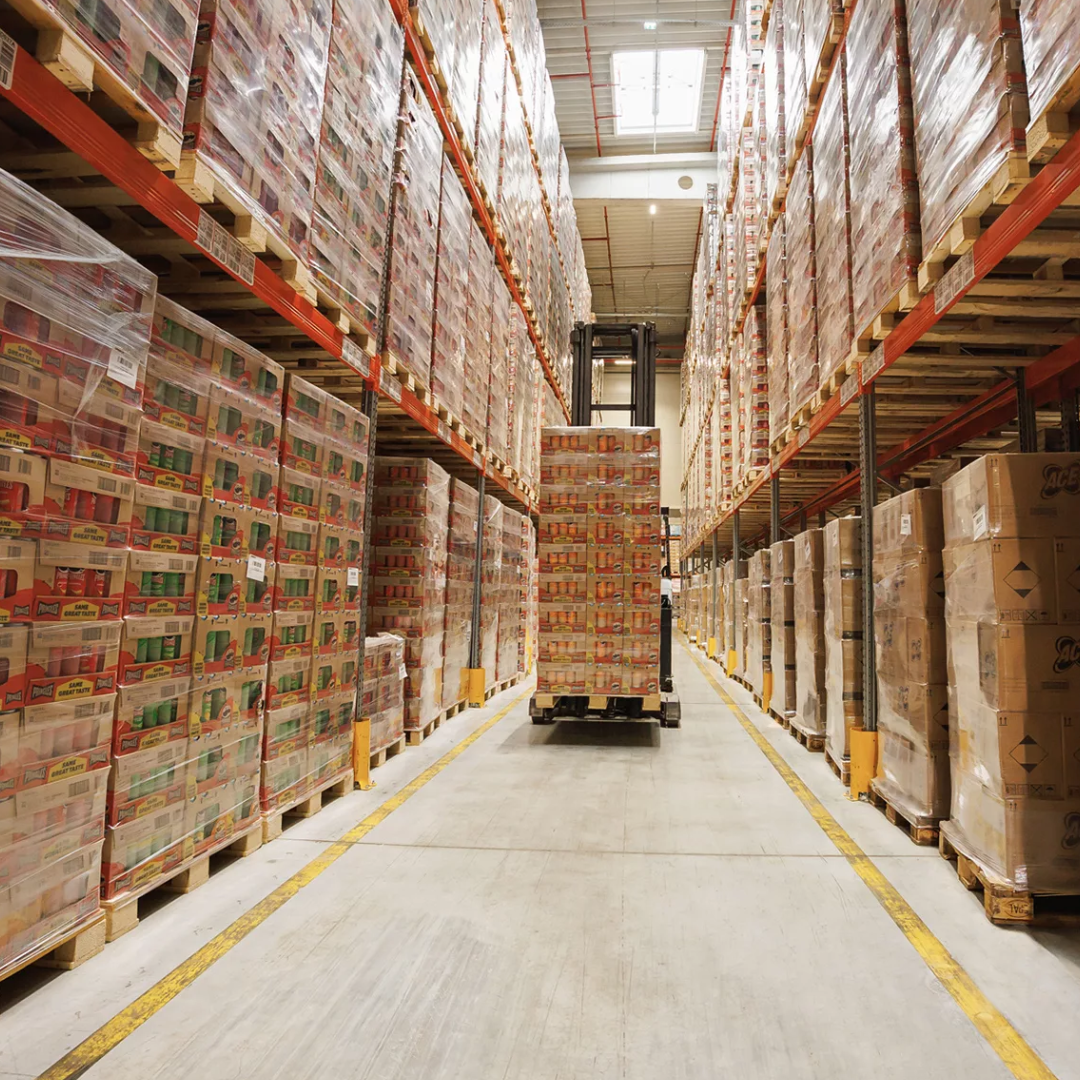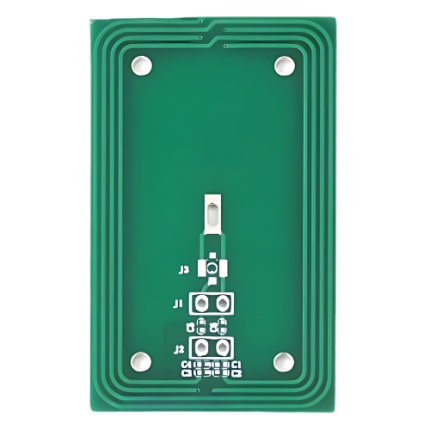Description
Overview of Supply Chain Management Using BLE or RFID
Supply Chain Management systems leveraging RFID (Radio Frequency Identification) or BLE (Bluetooth Low Energy) enhance visibility and efficiency across the supply chain. RFID tags and BLE beacons are attached to goods, containers, and pallets, enabling real-time tracking and data collection. This technology allows for precise inventory management, reduces errors, and improves coordination between suppliers and distributors. RFID readers and BLE gateways, positioned at key checkpoints, capture data to monitor the flow of goods, ensuring timely deliveries and compliance with regulations. By integrating RFID and BLE, Supply Chain Management systems can optimize logistics, streamline operations, and enhance overall supply chain visibility and accuracy.
Applications in Supply Chain Management Using BLE or RFID
- Real-time inventory tracking
- Automated asset management
- Goods and pallet tracking
- Warehouse management
- Shipment monitoring
- Supply chain visibility
- Order fulfillment
- Stock level optimization
- Logistics coordination
- Route optimization
- Equipment tracking
- Supplier management
- Demand forecasting
- Barcode replacement
- Quality control
- Returns management
- Manufacturing execution
- Cold chain monitoring
- Production line monitoring
- Cross-docking
- Risk management
- Fraud prevention
- Compliance tracking
- Data analytics
- Batch tracking
- Expiry date management
- Item-level tagging
- Packaging verification
- Anti-counterfeiting
- Asset lifecycle management
Technical Specifications of GAO Tek Supply Chain Management Using BLE or RFID
BLE Beacons or RFID Tags in Supply Chain Management Systems
In supply chain management systems, BLE beacons and RFID tags are strategically attached to various elements to ensure efficient tracking and monitoring. BLE beacons are typically embedded within the packaging of high-value items, such as electronics and pharmaceuticals, or integrated into the interior of containers. This placement allows for continuous, proximity-based tracking and helps detect unauthorized movement or tampering. For items that require frequent handling, like consumer goods, beacons might be placed inside the packaging or on the product itself to ensure real-time location updates and secure monitoring.
RFID tags are affixed to a broader range of items including pallets, containers, and individual products. They can be embedded within the packaging material, sewn into textiles, or attached as labels on consumer goods. In warehouses, RFID tags are often placed on pallets and shipping containers to streamline inventory management and automate stocktaking processes. For example, in a logistics hub, RFID tags attached to pallets enable rapid scanning as they pass through checkpoints, improving inventory accuracy and reducing manual entry errors.
In supply chain logistics, RFID tags are also utilized on equipment and vehicles to track their usage and ensure compliance with maintenance schedules. Both BLE beacons and RFID tags facilitate real-time data collection, which is critical for optimizing inventory levels, enhancing security, and improving operational efficiency across the supply chain. By integrating these technologies, Supply Chain Management systems achieve greater visibility and control over their logistics and distribution processes.
BLE Gateways or RFID Readers in Supply Chain Management Systems
In supply chain management systems, BLE gateways and RFID readers are installed at strategic locations to maximize visibility and efficiency. BLE gateways are typically positioned at entry and exit points of warehouses, distribution centers, and shipping docks. They are installed near loading bays, storage areas, and conveyor belts to capture signals from BLE beacons embedded in products or packaging. This setup ensures real-time tracking of goods as they move through different stages of the supply chain, facilitating accurate inventory management and enhancing operational efficiency.
RFID readers are commonly placed at various checkpoints throughout the supply chain, including cargo inspection areas, loading docks, and conveyor systems. Fixed RFID readers are installed at critical locations where goods are scanned automatically as they pass by, such as on conveyor belts or at loading and unloading zones. This allows for seamless tracking of inventory and verification of shipments. Mobile RFID readers are used by warehouse staff for on-the-go scanning and verification, enabling real-time updates and inventory checks during manual handling.
In supply chain logistics, BLE gateways and RFID readers are also integrated into vehicle fleets and logistics hubs to monitor the movement and condition of shipments. By installing these devices in key locations, Supply Chain Management systems can enhance tracking accuracy, reduce manual errors, and improve overall efficiency, ensuring that goods are efficiently managed and correctly processed throughout the supply chain.
Cloud Systems
GAO Cloud BLE or RFID Systems consist of the following parts:
GAO BLE Gateways and Beacons and RFID Readers and Tags
BLE or RFID Cloud, Server, PC & Mobile
GAO Cloud Services Engine for BLE or RFID
Cloud Infrastructure, BLE & RFID Middleware, Data Analytics and Business Intelligence, and Security Measures.
Integration APIs
APIs enable seamless integration between the BLE or RFID solution and existing supply chain management systems such as POS, inventory management, and e-commerce platforms, allowing for data exchange and synchronization.
Server, PC & Mobile Systems
GAO Server, PC & Mobile Systems BLE or RFID Systems are composed of
BLE Gateways and Beacons, RFID Tags and Readers
GAO Server, PC & Mobile Software Engine for BLE & RFID
Servers, PCs, Mobile Computing Devices and Infrastructure, Middleware Software, and Database Management System.
Integration with Supply Chain Management Systems
The server, PC & mobile solution integrates with existing supply chain management systems such as inventory management, point-of-sale (POS), and enterprise resource planning (ERP) systems. Integration is achieved through APIs, database connections, or middleware adapters, enabling seamless data exchange and synchronization.
All GAO’s RFID products are jointly offered by GAO Tek Inc. and its sister company GAO RFID Inc., ranked as a top 10 global RFID and IoT supplier. For RFID products on https://gaotek.com/, please visit RFID-BLE category, and its sub-categories: BLE Gateways, Beacons & Accs,UHF Readers, Tags & Accs, NFC & HF Readers, Tags & Accs, LF Readers, Tags & Accs, and BLE or RFID Cloud, Server, PC & Mobile.
You also are encouraged to visit gaorfid.com that offers a more comprehensive, more complete and different set of BLE & RFID products: BLE, RFID Readers, RFID Tags, Antennas & Accessories, RFID Systems, System By Feature.



